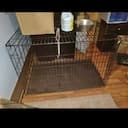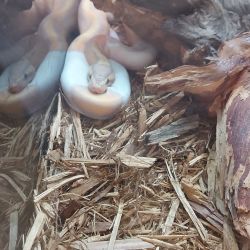Origins and Temperament
Hailing from the United States, the Bluetick Coonhound boasts a storied heritage with a knack for tracking and hunting. Known for their determination and intelligence, these dogs are even-tempered yet spirited. A Bluetick's strong olfactory abilities may heighten its sense of unfamiliarity when traveling, necessitating a calm and reassuring environment.
Size and Physical Needs
Ranging from 45 to 80 pounds, the Bluetick Coonhound is a robust and agile breed. These dogs require consistent exercise to maintain their muscular physique. When traveling, adequate space and opportunity for activity are necessary to accommodate their physical needs and prevent restlessness.
Common Health Considerations
Bluetick Coonhounds are generally healthy but can be prone to conditions like hip dysplasia. Ensure you have valid health certificates and vaccination records for travel, and discuss with your vet any motion sickness or travel-related concerns to address preemptively.
















